Community Garden of Arma Kansas.
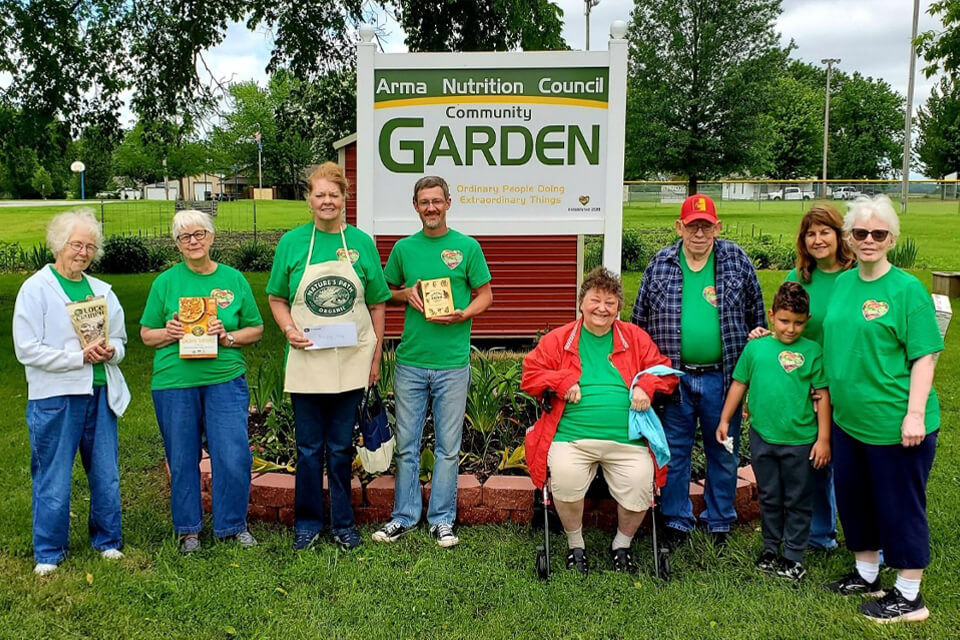
Arma's Community Garden
The Community Garden was established in April 2019 through the efforts of Community Foundation, Live Well Crawford County, and land use donated by the City of Arma.
Arma was 1 of 21 winners in a 2020 international grant competition that provided $5000.00 to invest in Community Garden projects.
The project is active each year from April through November and helps stock both the food pantry at the high school and at the library with fresh produce for area families.
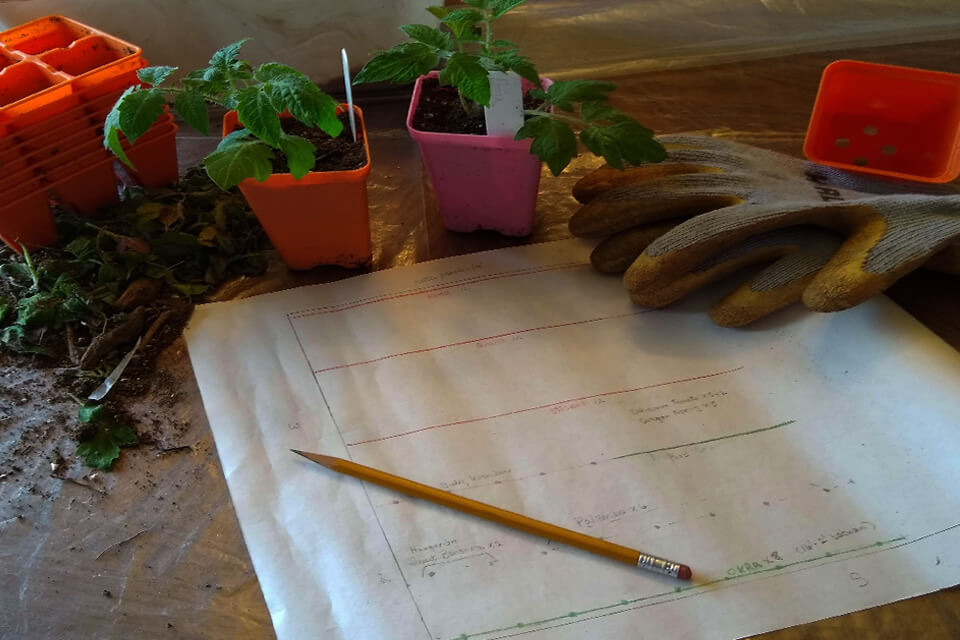
Stage 1: Establishing A Plan
Before you begin planting your garden, it is important to plan out what you want to grow, where you want to grow it, and when you want to plant it. This involves selecting the appropriate plants for your climate and soil type, determining the layout of your garden, and creating a planting schedule.
Our Arma Community Garden for example is a 60 x 60 foot plot of soil which consists of a design with straight, long rows running in an east to west orientation along with raised garden beds on the west side.
Photos: Mary Lou Peace
Stage 2: Ground & Soil Preparation
The next stage involves preparing the soil for planting. This includes removing any weeds, rocks or debris from the planting area, tilling the soil to loosen it up, and adding any necessary soil amendments to improve soil quality and fertility.
If you wish to work with one of our volunteers, the Arma Community Garden is available for anyone to participate from the age of 5 years old and up. If you have never grown a garden before, bring a pair of gloves and experience something new. If you have gardening skills and just want to socialize, feel free to join us.
If you don't have any gardening tools in order to join us, we have you covered! If you have personal garden tools that you love, feel free to bring them with you.
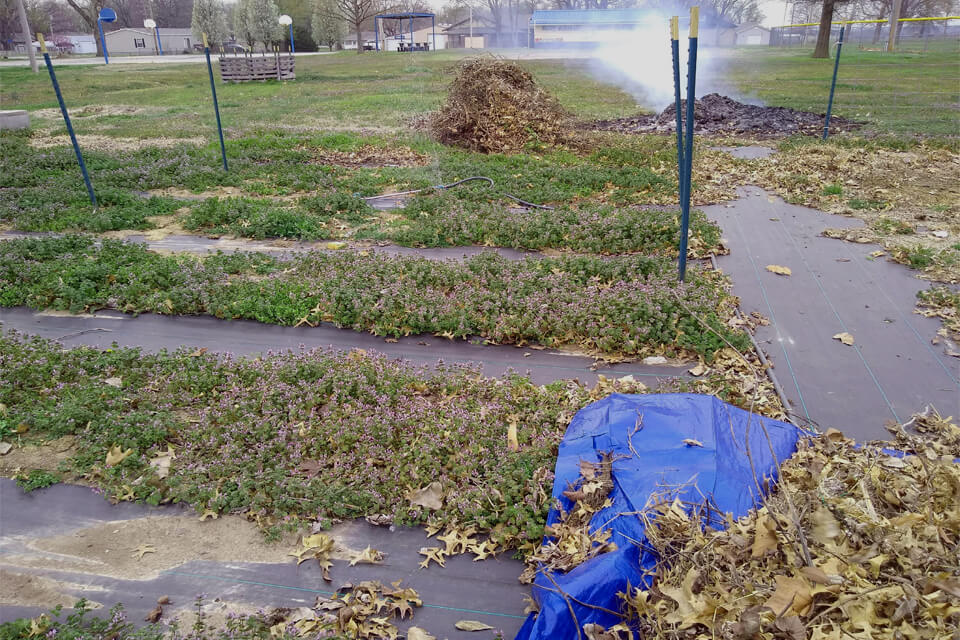
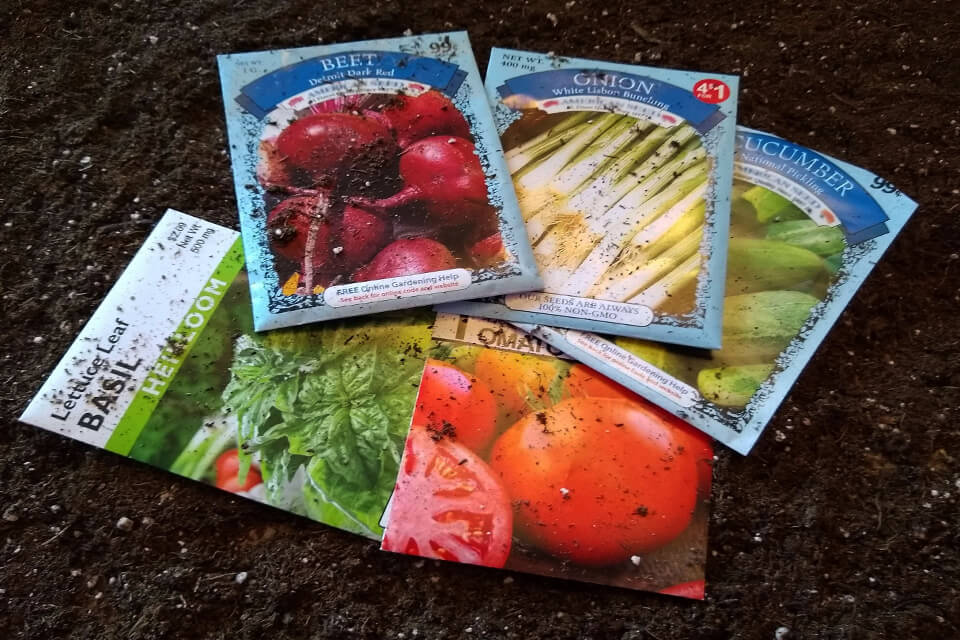
Stage 3: Planting Seeds Accordingly
Once the soil has been prepared, it is time to plant your seeds or seedlings. Follow the planting schedule you created during the planning stage, and be sure to plant each variety of plant at the appropriate depth and spacing.
The Arma Community Garden decides each season what seeds they will plant. The choices of seeds are made based on last years produce results and also feedback from everyone involved, including those who partake of the harvest.
Stage 4: Maintaining A Schedual
Regular watering is crucial to the success of your garden. It is important to water your plants deeply and consistently, while also avoiding over watering, which can lead to root rot and other problems.
Volunteers sign-up to help maintain the Arma Community Garden with not only watering, but also protecting the plants from the damage of various insects and animals. Through maintaining the soil, and keeping weeds at bay, the Arma Community Garden has been a success for our community.
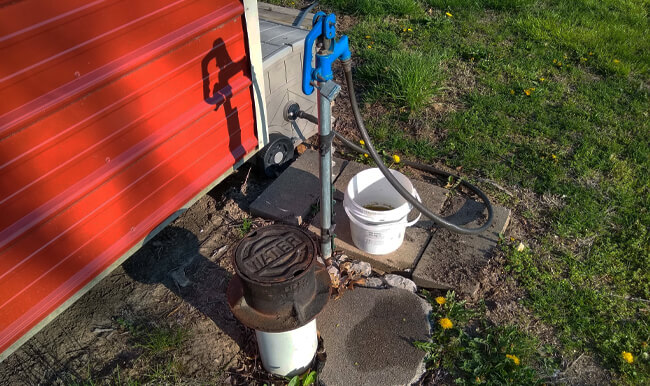
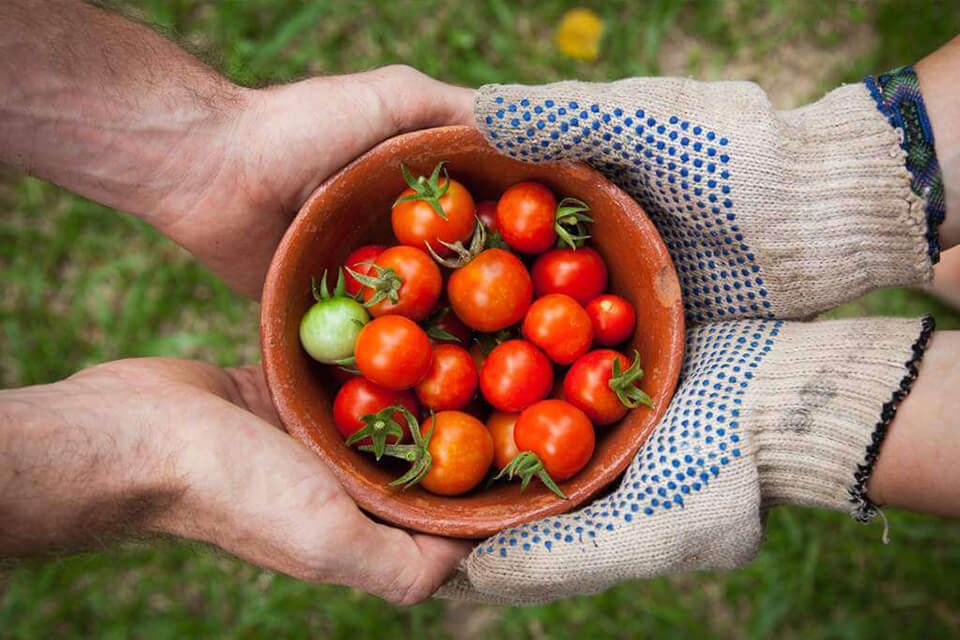
Stage 5: The Start of Harvesting
As your plants grow and mature, they will eventually produce fruit or vegetables that are ready for harvesting. Be sure to harvest your crops at the appropriate time, as this will ensure the best flavor and quality.
The produce from the Arma Community Garden is free to anyone. We do ask however, that you please get the produce from the Arma City Library food pantry and not the garden itself, unless you make prior arrangements to harvest.
By following these stages, you can grow a healthy and productive garden that provides fresh produce all season long.
How you can be a part:
Support can provide significant benefits to a community garden, as it can help to address some of the challenges that community gardens face. Here are some of the different ways that you can help your community garden:
- Maintenance and upkeep: Community gardens require regular maintenance to keep them in good condition. Volunteering with tasks such as weeding, pruning, watering, and harvesting makes challenges manageable for everyone involved. By pitching in, we can help to keep the garden looking great and ensure that the plants are healthy and productive.
- Expansion and improvement: Community gardens often have limited resources, and we can help to expand and improve the garden by contributing some of our time, skills, and resources. This might include building new raised beds, adding trellises or other supports for climbing plants, or constructing compost bins or rain barrels.
- Education and outreach: Many community gardens have an educational component, with programs designed to teach people about gardening, sustainability, and healthy eating. Together we can help to develop and implement these programs, and can also help to promote the garden to the wider community.
- Project Donations: If however, you would prefer to contribute financially to help maintain or expand portions of this project, please feel free to speak with Brenda Banks at the Library to discuss how you would like to assist.
With various supporters contributing their time and energy, we can promote a thriving and vibrant Community Garden.
